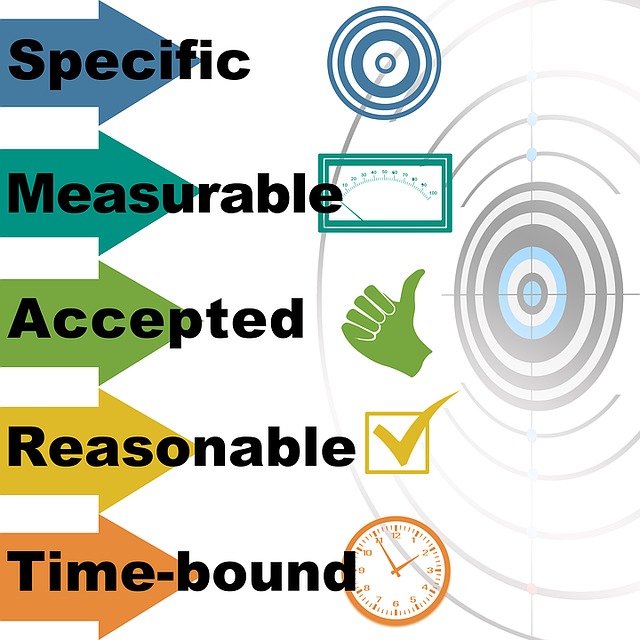A recent conversation with the CFO of a mid-sized manufacturing company was reminiscent of conversations with leaders at other mid-sized companies and emphasized that there is a lot of confusion between strategy and goals.
Every successful organization needs aligned strategies and goals.
Whether called goals, targets, objectives, or the latest business buzzword, goals provide direction and motivation. Strategy defines how you will accomplish goals and should be established for different functions and priorities such as market share, financial, employee retention, innovation, etc. If you are unsure how to set goals, remember
SMART
Specific Exactly what to accomplish
Measurable Progress toward the goal
Accepted Achievable but challenging
Reasonable Goals need to be consistent and build on each other
Time-bound Date when the goal will be achieved
Examples of SMART goals are: Capture 25% market share by Q3, increase average inventory turns from 10 to 15 by June, improve supplier on-time delivery to 98% by EOY, drive profit margin to 18% by January.
Strategies need to describe the activity that will accomplish your goals. Strategies can be simple (use social media to attract new customers) or complex (develop software to ensure compliance) depending on the scope and timing of the goal. Without both strategies and goals, your organization is a ship at sea without a rudder.

